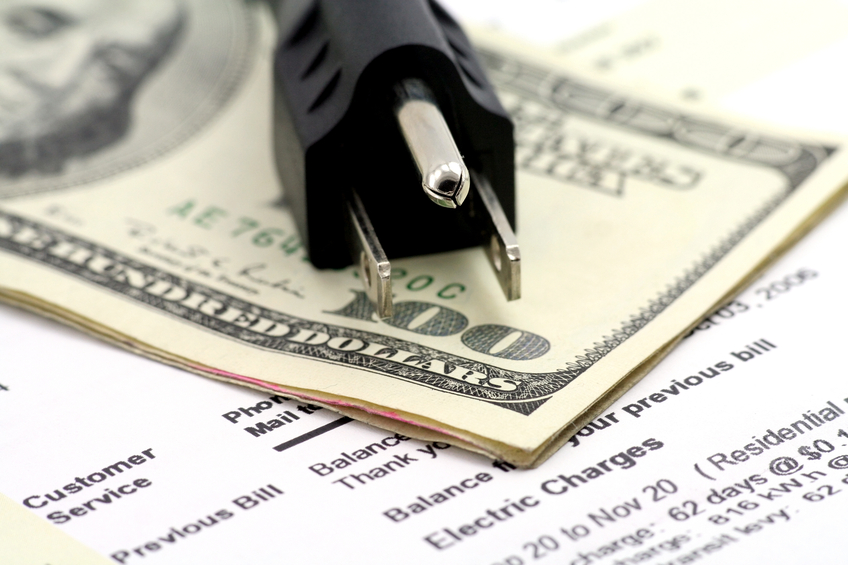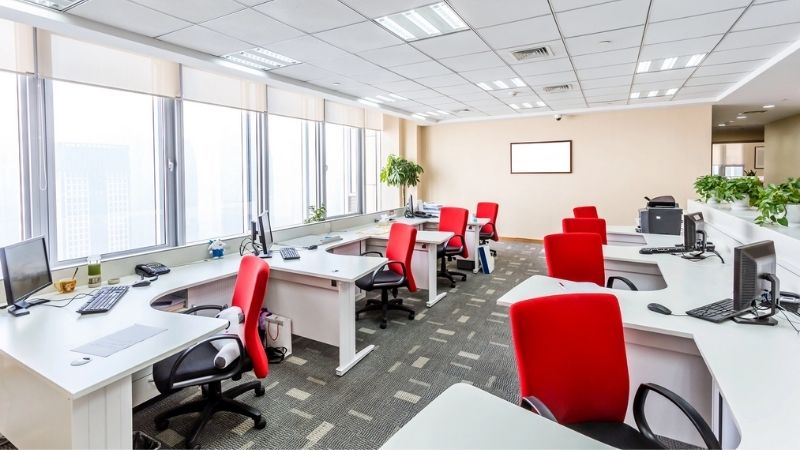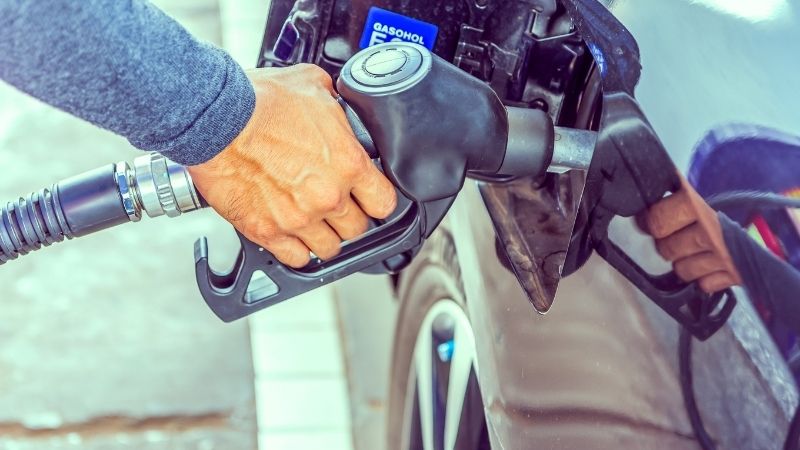
5 Effective Ways for Businesses to Save Energy
Saving energy is a continuous struggle in every age and as more innovations come along, the wider the variety of changes can be found. Solar energy is just one of many standout possibilities to save on energy, but we decided to check out some additional options, which, when combined with solar power all lead to extreme savings for your business. Here is a list of five easy methods that will save your energy costs and improve your consumption as well as lower your carbon footprint and provide a more beneficial outcome for the environment.
1. Adjust your daily consumption behavior
It does not matter what energy source you rely on, the wasteful behavior most businesses face is the constant misuse of energy. Lights and equipment are all left on when not in use. Standby power is never considered, and time switches are not known.
Take the first step into energy saving at work and follow the basic routine of switching off lights and equipment when not in use. The next step might be to add some time switches that regulate power based on time segments. Then you can finally add standby power banks to manage latent power requirements at ebb times.
Consider smart metering options, where your system automatically meters energy based on consumption times and can adjust the amount of energy, you can use based on this.
2. Go Solar
Solar energy is not science fiction, it is found worldwide and is used by billions to power their homes and businesses. Installation costs might seem high, but they will be refunded within 2-3 years based on the amount of energy you require for consumption. Add to your daily usage, the extra energy your solar system generates, and you could end up earning income from selling energy as a by-product of your solar power source.
Solar power through Photovoltaic cells (PV) is a standard practice in many countries and is easy to install. Once installed, you will enjoy “free” energy (until you pay back the cost of the installation) and with the addition of energy-efficient appliances, proper insulation and good windows will find yourself with zero energy costs, in some instances as stated above, you might even make some money from selling excess energy.
3. Purchase energy-efficient appliances
Energy Star ratings are a serious method for determining the wastefulness of your appliances. You must always consider the power consumption of equipment and appliances before buying them. Also, focus on power consumption versus need, for instance, HVAC (air conditioners) are classic examples of how an inverter system will save you up to two-thirds of your energy consumption versus a standard model.
The costliest equipment are water heaters, and you should consider whether you want a water heater, or perhaps it might be better to install a solar power water heater which provides the same hot water but at a fraction of the cost during daylight hours.
The bottom line is looking at the energy-saving rating of your electrical appliances and consider replacing them with more efficient ones.
4. Install energy-efficient windows
Windows are the worst energy consumers in your building, simply because they do not insulate. If you operate a heater or an air conditioner for cold air, you must install energy-efficient windows to counter the loss factor. The actual amount these windows affect your bill is around 20%.
Upgrade your windows to double glazing (gas-filled sandwich) with “Low-E” coating, this will reduce the loss of heat or cold by 20%.
Windows are a significant source of energy waste, which can amount to 10-25% of your total heating bill.
5. Weatherize and Insulate
Apart from changing your windows, insulate your home and weatherize it. Whether you are in a hot or cold climate, make sure there are minimum open seal areas, such as the bottom of a door, vents, and other possible leak sources. The more airtight the business is, the more savings you make. Also, by adding insulation to the ceiling, walls, and doors, you essentially strengthen the thermal properties of your business and substantially reduce the costs of heating and cooling.
CONCLUSIONS
There are many ways to save energy, as well as reduce your carbon footprint. A combination of changes will deliver exceptional results that will lead to a more comfortable environment, less expense on your energy bill and overall well-being to the planet. The bottom line is that these 5 ways are all easy to implement and will provide immediate results from which your business will benefit.

